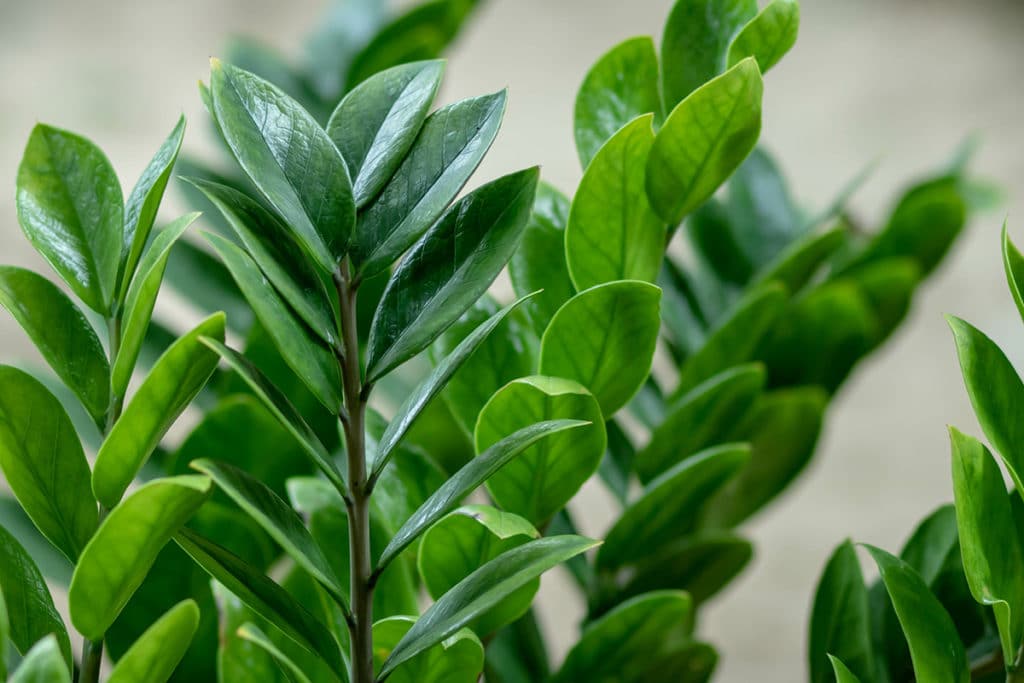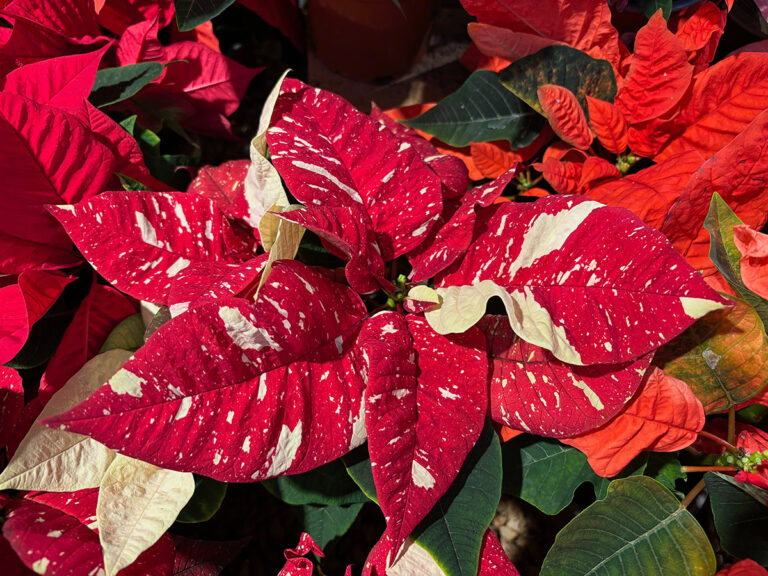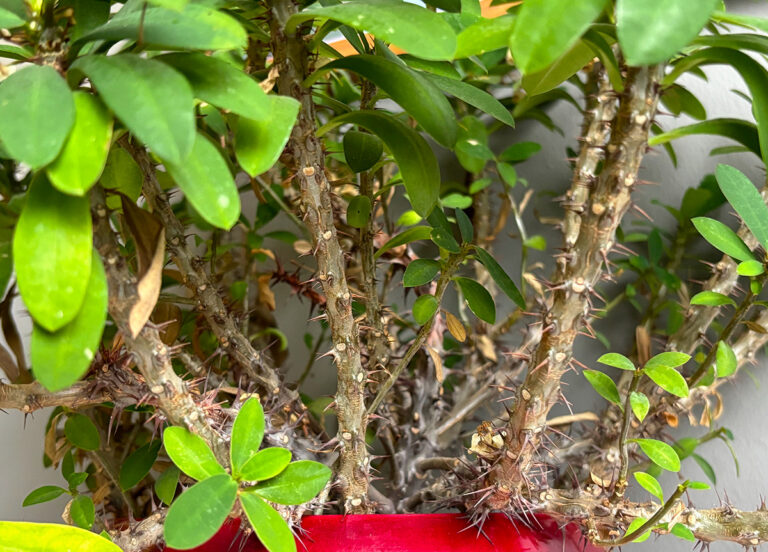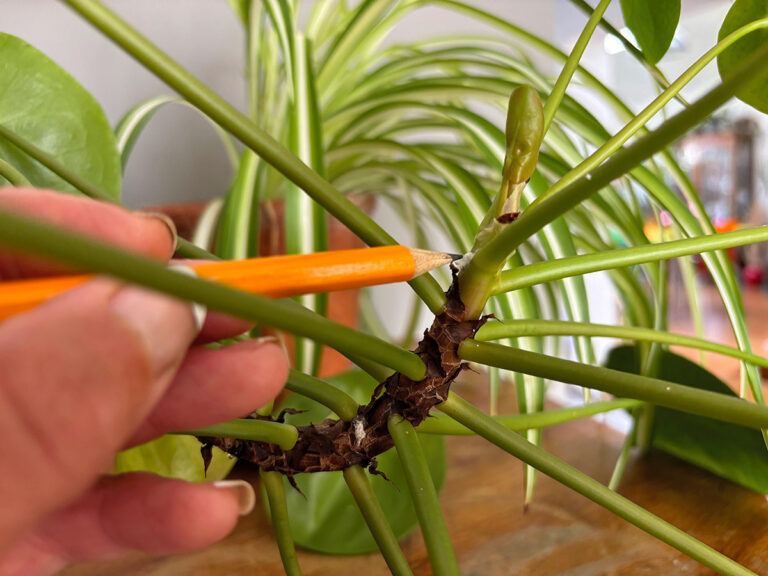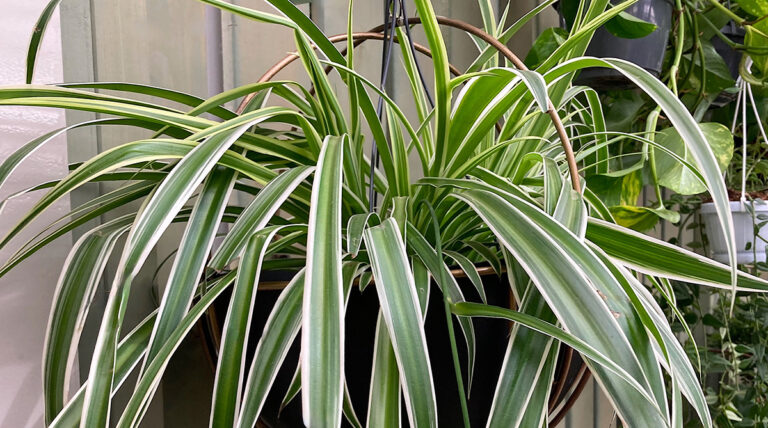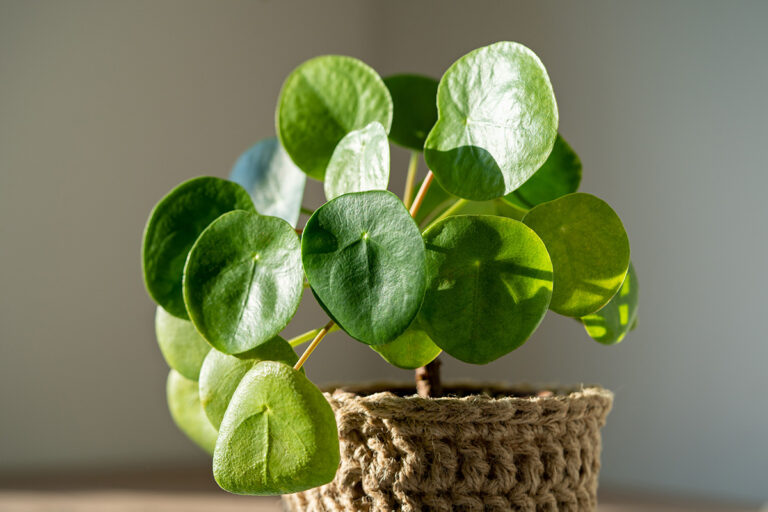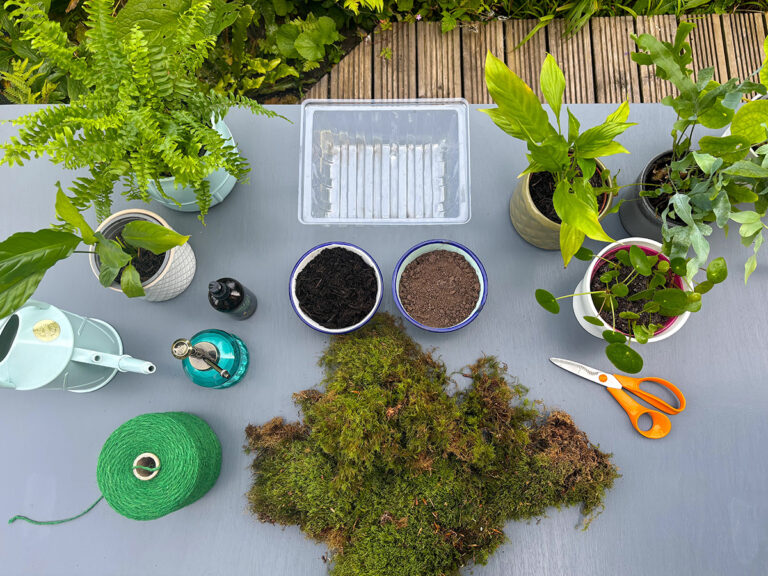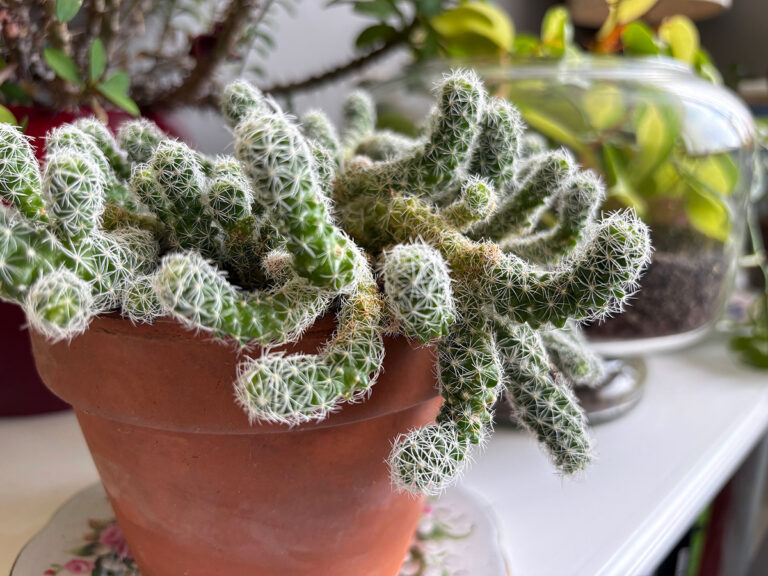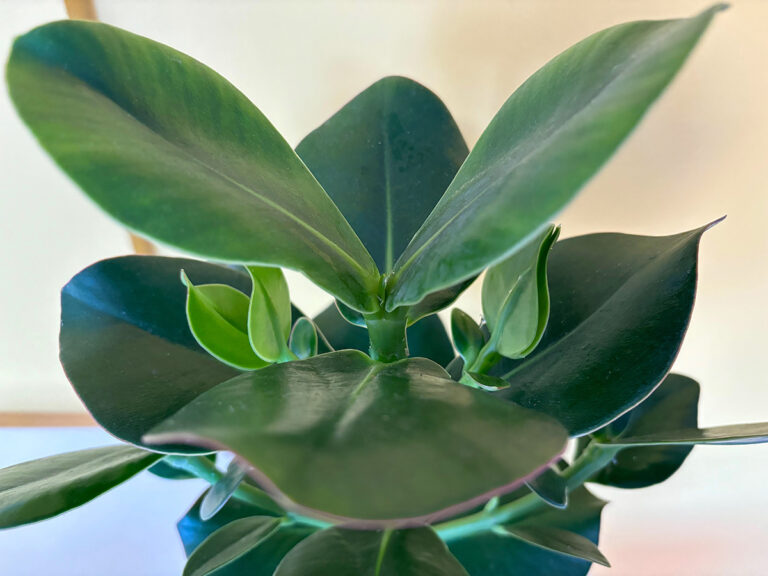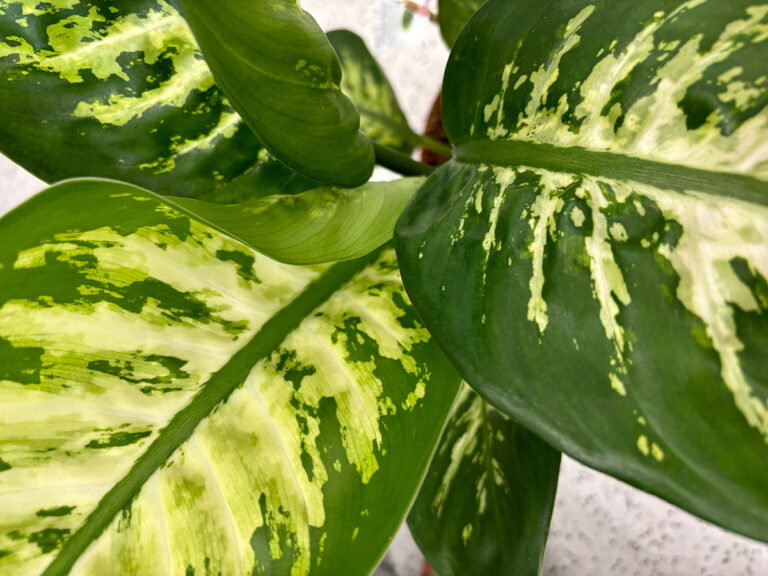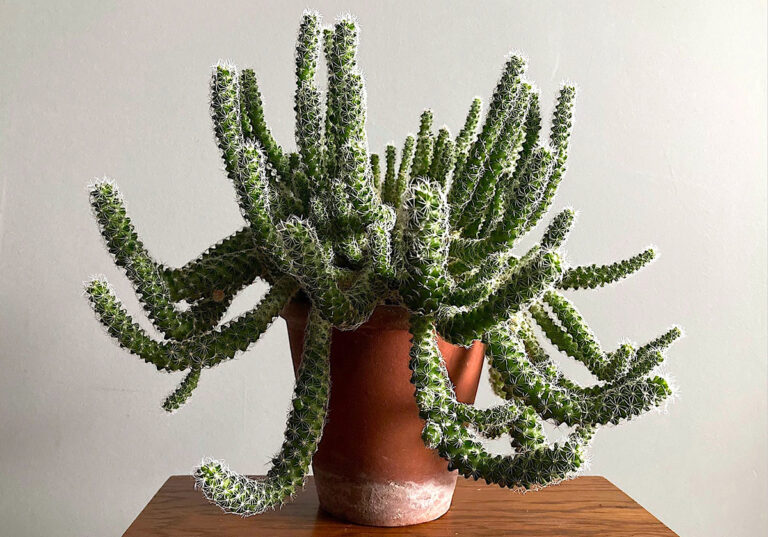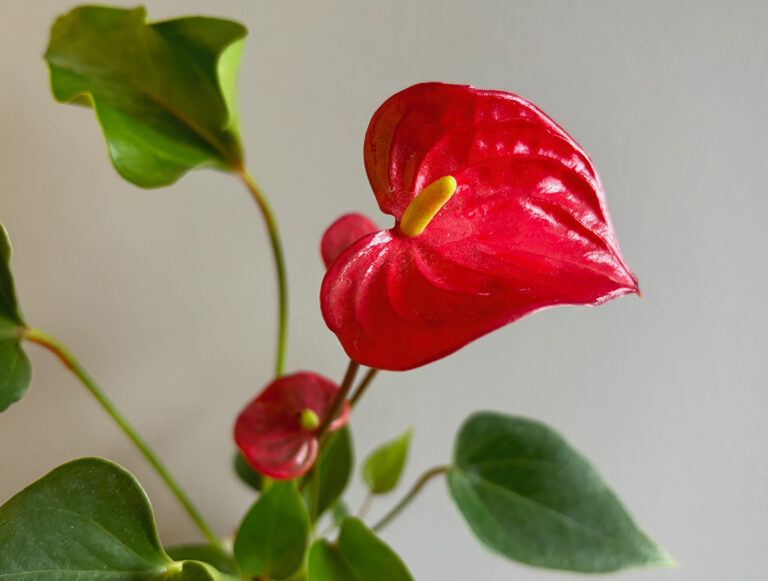Flick through the pages of old houseplant books and you’re unlikely to come across Zamioculcas zamiffolia, a dramatic plant with wand-like stalks that are clothed with thick, glossy leaves. In fact, it was almost impossible to find in the UK until the early noughties, when imports from the Netherlands landed in garden centres.
Today, this architectural houseplant with a tongue-twister of a name is more widely available, and is often referred to by its more palatable nickname of ZZ plant. It’s easy to understand its appeal. Apart from possessing striking good looks, ZZ plant is almost foolproof to look after, which makes it perfect for beginners.
Far-flung origins of the ZZ Plant
Zamioculcus originates from eastern Africa, where it can be found growing in dry grassland and forests. You could be forgiven for thinking it’s a recent introduction but it was first grown in Britain back in the 19th century, and was originally named Caldium zamiifolium in 1829 by London-based nurseryman George Loddiges.
Fairly slow growing compared to other houseplants, ZZ plant’s fleshy stalks can rise to a maximum of 1m from a chunky, horizontal rhizome. The plant is primarily grown for foliage effective, but it sometimes produces hooded blooms at the base. Being green and non-descript, these are more fascinating than pretty.
Health benefits of the ZZ Plant
As well as looking good, ZZ plant is one of the best air purifying houseplants. A study into the health benefits of houseplants carried out by the Department of Plant and Environmental Science at the University of Copenhagen found it was capable of absorbing benzene, xylene and other pollutants from the air.
How do you grow ZZ Plants?
This plant is a doddle to grow. It will thrive in low light or bright light, in a room where the winter temperature doesn’t fall below 10C. As far as watering goes, it’s best to water regularly during spring and summer, giving it a good soaking whenever compost dries out. However, it will easily cope with a more sporadic watering regime.
Keep plants in good shape by feeding monthly during the growing season with a general-purpose liquid feed like Plantsmith Fortifying Houseplant Feed. Apart from removing yellowing leaves and any dead stems, pruning isn’t generally necessary unless wayward stems are getting in your way. If they are, trim back using clean, sharp secateurs.
